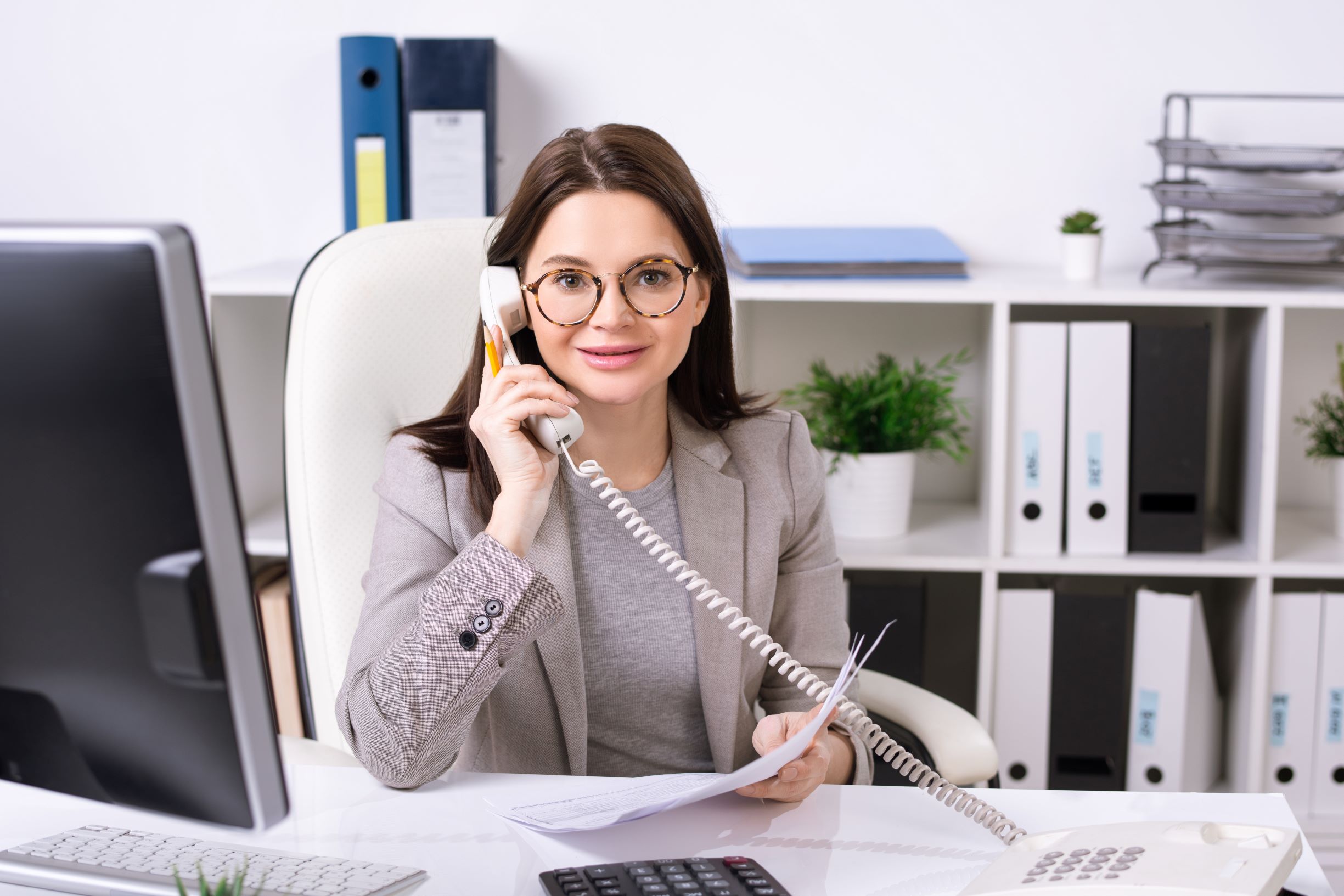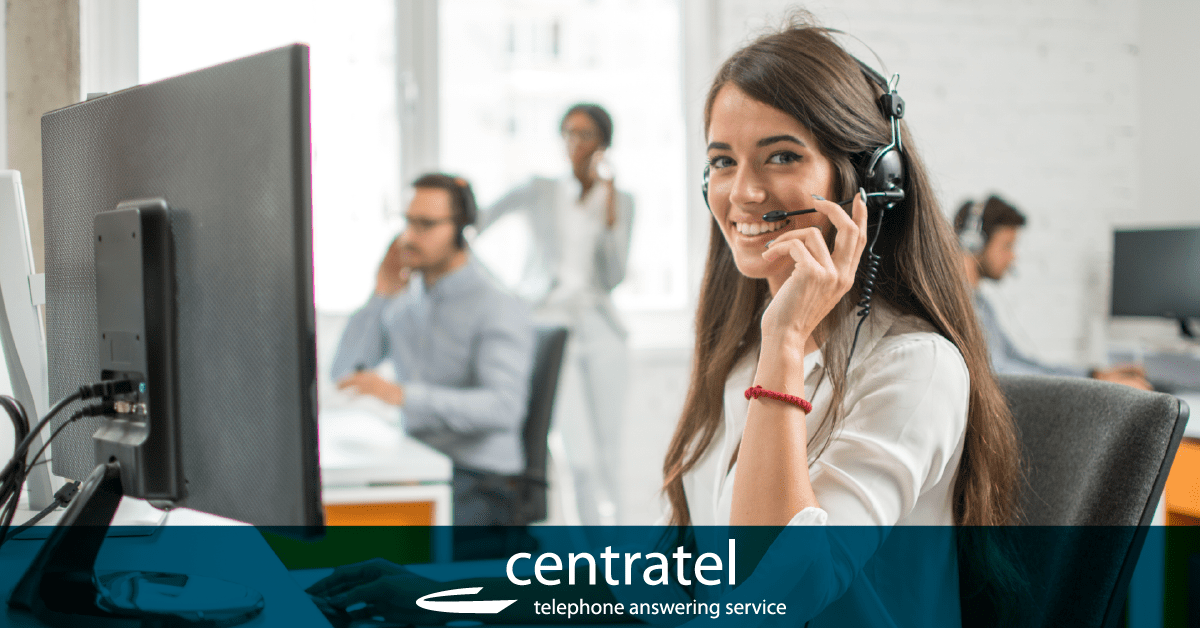All Categories
Featured
Table of Contents
- – What Is The Best What Is A Telephone Answering ...
- – Best What Is An Answering Service And Why Use ...
- – Who Makes The Best Virtual Receptionist & Phon...
- – What Are The Highest Rated A Guide To Using A...
- – When Best Time To Buy Answering Adelaide - Ph...
- – Which Is The Best What Is An Answering Servi...
What Is The Best What Is A Telephone Answering Service And What Are The ... On The Market
This device and its followers were developed by Sava Jacobson, an electrical engineer with a personal consulting company. While early voice mail utilized magnetic tape innovation, most contemporary devices uses strong state memory storage; some devices use a combination of both, with a solid-state circuit for the outgoing message and a cassette for the inbound messages.
"toll saving" below) (local phone answering service). This works if the owner is screening calls and does not want to consult with all callers. In any case after going, the calling celebration should be informed about the call having been addressed (most of the times this begins the charging), either by some remark of the operator, or by some welcoming message of the little, or addressed to non-human callers (e.
This holds particularly for the Little bits with digitally saved greeting messages or for earlier makers (prior to the increase of microcassettes) with a special unlimited loop tape, different from a second cassette, devoted to recording. There have been answer-only devices with no recording capabilities, where the welcoming message had to notify callers of a state of present unattainability, or e (business call answering service).
Best What Is An Answering Service And Why Use One? To Buy

about accessibility hours. In tape-recording TADs the welcoming usually includes an invitation to leave a message "after the beep". An answering device that uses a microcassette to tape-record messages On a dual-cassette answerphone, there is an outbound cassette, which after the specified number of rings plays a pre-recorded message to the caller.

Single-cassette voice mail include the outbound message at the start of the tape and incoming messages on the remaining area. They initially play the announcement, then fast-forward to the next readily available space for recording, then tape the caller's message. If there are lots of previous messages, fast-forwarding through them can cause a considerable hold-up.
This beep is typically described in the welcoming message, asking for that the caller leave a message "after the beep". Little bits with digital storage for the recorded messages do disappoint this hold-up, naturally. A little bit might provide a push-button control facility, where the answerphone owner can call the home number and, by going into a code on the remote telephone's keypad, can listen to tape-recorded messages, or erase them, even when far from home.
Who Makes The Best Virtual Receptionist & Phone Answering Services Australia 2023

Thereby the maker increases the number of rings after which it answers the call (normally by 2, resulting in 4 rings), if no unread messages are currently saved, but responses after the set variety of rings (typically 2) if there are unread messages. This allows the owner to learn whether there are messages waiting; if there are none, the owner can hang up the phone on the, e.
Some makers likewise allow themselves to be remotely triggered, if they have been turned off, by calling and letting the phone ring a certain a great deal of times (normally 10-15). Some company abandon calls already after a smaller variety of rings, making remote activation impossible. In the early days of TADs an unique transmitter for DTMF tones (dual-tone multi-frequency signalling) was regionally needed for remote control, given that the formerly utilized pulse dialling is not apt to communicate appropriate signalling along an active connection, and the dual-tone multi-frequency signalling was carried out stepwise.
Any incoming call is not recognizable with regard to these properties in advance of going "off hook" by the terminal equipment. So after going off hook the calls must be switched to appropriate devices and just the voice-type is instantly accessible to a human, however maybe, however ought to be routed to a TAD (e.
What Are The Highest Rated A Guide To Using Automated Answering Systems?
What if I informed you that you do not need to really get your gadget when addressing a client call? Somebody else will. So convenient, ideal? Responding to call does not need someone to be on the other end of the line. Efficient automated phone systems can do the technique just as efficiently as a live agent and sometimes even much better.
An automatic answering service or interactive voice action system is a phone system that interacts with callers without a live individual on the line - virtual telephone answering. When companies utilize this technology, customers can get the answer to a question about your organization just by utilizing interactions established on a pre-programmed call circulation.
Although live operators upgrade the customer support experience, numerous calls do not need human interaction. A basic recorded message or directions on how a customer can retrieve a piece of info usually resolves a caller's immediate need - phone answering service. Automated answering services are a basic and effective way to direct inbound calls to the ideal individual.
When Best Time To Buy Answering Adelaide - Phone Answering Services
Notice that when you call a business, either for assistance or item inquiry, the first thing you will hear is a pre-recorded voice welcoming and a series of options like press 1 for client service, press 2 for inquiries, and so on. The pre-recorded options branch off to other options depending upon the consumer's choice.
The phone tree system helps direct callers to the right person or department utilizing the keypad on a cellphone. In some instances, callers can use their voices. It's worth keeping in mind that auto-attendant choices aren't limited to the 10 numbers on a phone's keypad. Once the caller has actually selected their first alternative, you can design a multi-level auto-attendant that utilizes sub-menus to direct the caller to the ideal type of assistance.
The caller does not have to interact with an individual if the auto-attendant phone system can handle their issue. The automatic service can route callers to a staff member if they reach a "dead end" and need support from a live agent. It is pricey to work with an operator or executive assistant.
Which Is The Best What Is An Answering Service Company
Automated answering services, on the other hand, are considerably cheaper and offer substantial expense savings at an average of $200-$420/month. Even if you don't have actually dedicated personnel to deal with call routing and management, an automated answering service enhances efficiency by enabling your team to concentrate on their strengths so they can more efficiently invest their time on the phone.
A sales lead routed to customer service is a lost shot. If a customer who has product questions reaches the wrong department or receives incomplete responses from well-meaning employees who are less trained to handle a particular type of concern, it can be a cause of frustration and dissatisfaction. An automated answering system can decrease the number of misrouted calls, thus assisting your workers make better use of their phone time while maximizing time in their calendar for other jobs.
With Automated Answering Systems, you can create a personalized experience for both your personnel and your callers. Make a recording of your main welcoming, and simply upgrade it frequently to reflect what is going on in your organization. You can develop as numerous departments or menu options as you want.
Table of Contents
- – What Is The Best What Is A Telephone Answering ...
- – Best What Is An Answering Service And Why Use ...
- – Who Makes The Best Virtual Receptionist & Phon...
- – What Are The Highest Rated A Guide To Using A...
- – When Best Time To Buy Answering Adelaide - Ph...
- – Which Is The Best What Is An Answering Servi...
Latest Posts
Sought-After Call Management Service – QLD
Renowned Virtual Reception Solutions Near Me
Secure Automated Answering Service
More
Latest Posts
Sought-After Call Management Service – QLD
Renowned Virtual Reception Solutions Near Me
Secure Automated Answering Service